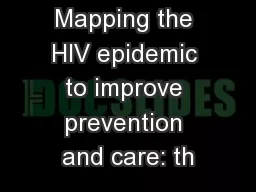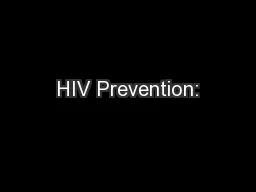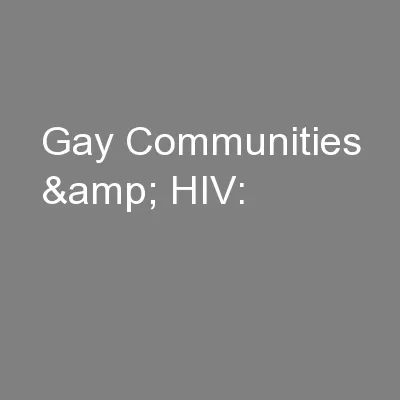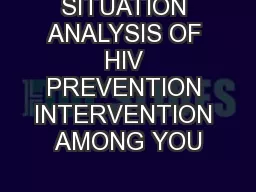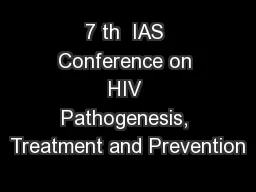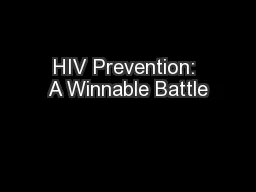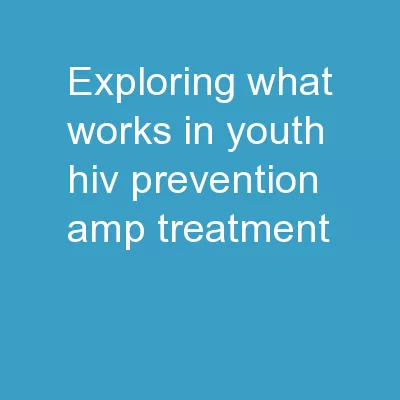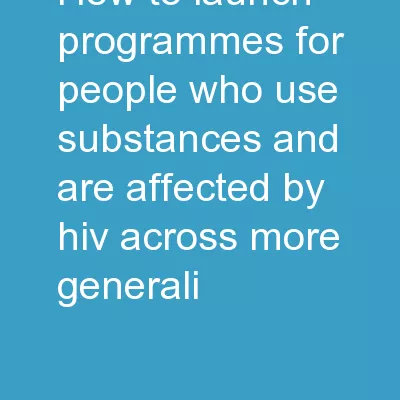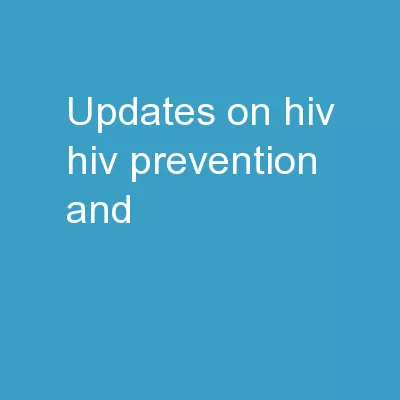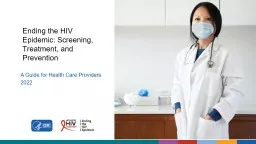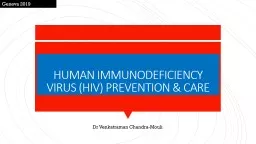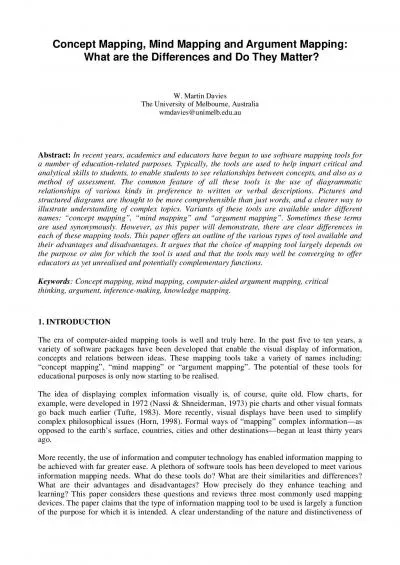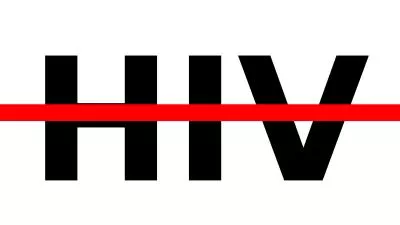PPT-Mapping the HIV epidemic to improve prevention and care: th
Author : alida-meadow | Published Date : 2017-06-30
Lise Marty INSERMUPMC F Cazein Santé Publique France J Pillonel France Santé Publique France D Costagliola INSERMUPMC V Supervie INSERMUPMC
Presentation Embed Code
Download Presentation
Download Presentation The PPT/PDF document "Mapping the HIV epidemic to improve prev..." is the property of its rightful owner. Permission is granted to download and print the materials on this website for personal, non-commercial use only, and to display it on your personal computer provided you do not modify the materials and that you retain all copyright notices contained in the materials. By downloading content from our website, you accept the terms of this agreement.
Mapping the HIV epidemic to improve prevention and care: th: Transcript
Download Rules Of Document
"Mapping the HIV epidemic to improve prevention and care: th"The content belongs to its owner. You may download and print it for personal use, without modification, and keep all copyright notices. By downloading, you agree to these terms.
Related Documents

